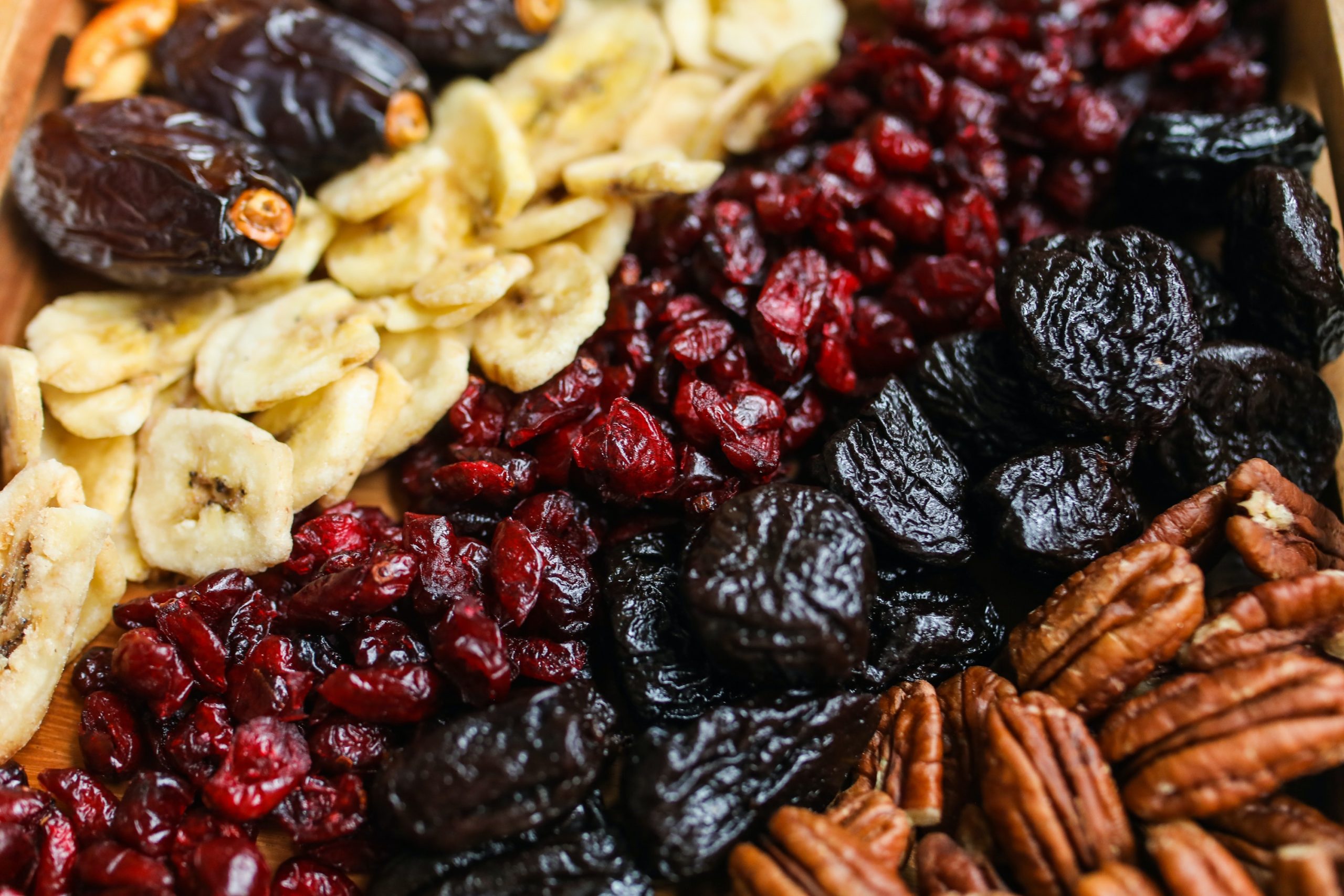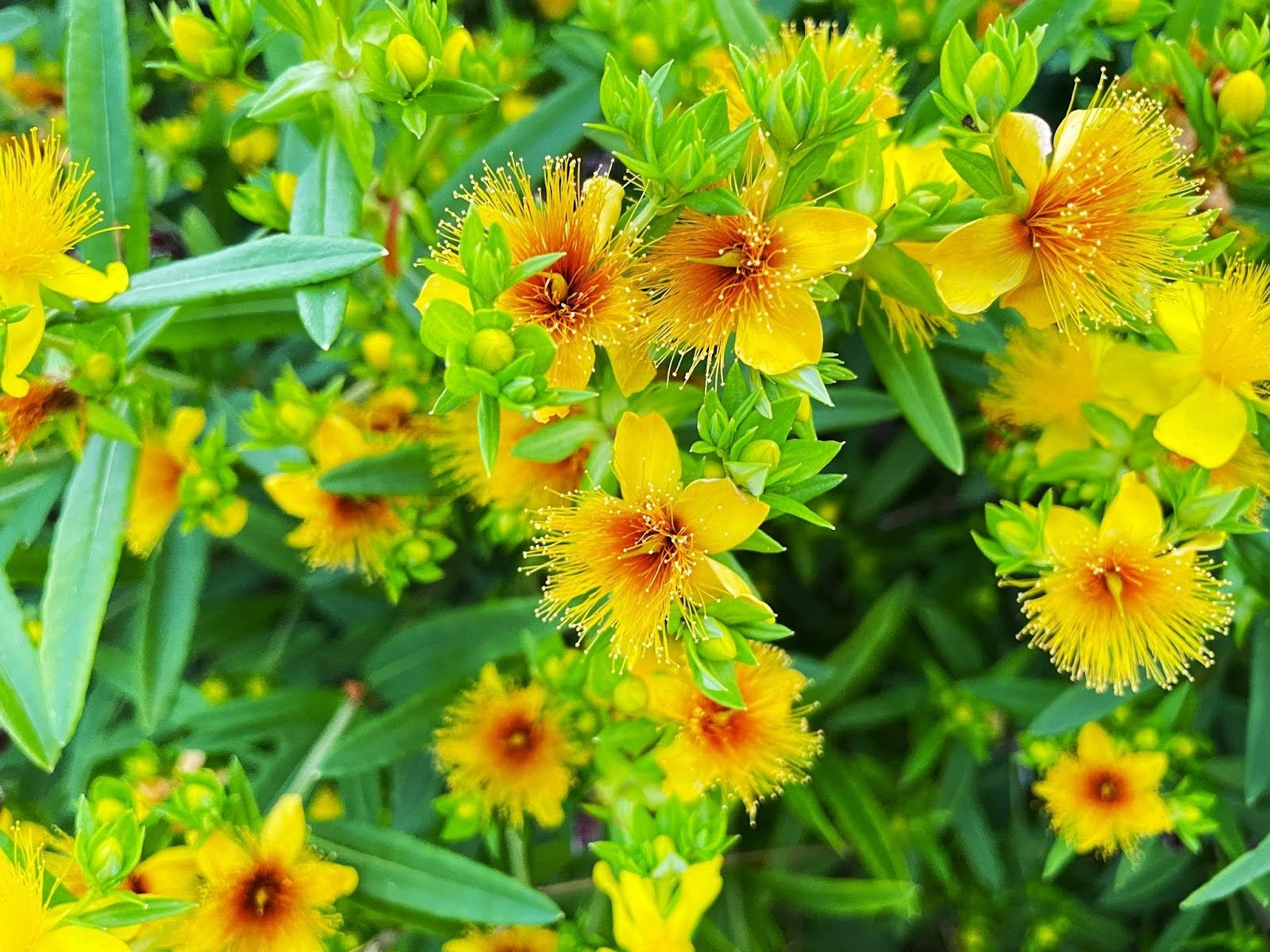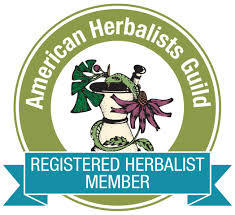Iron-Deficient Suggestions
All foods are relatively poor sources of iron; even the highest iron-carrying foods have a low supply. Remember that food cooked in boiling water and soaked destroys the iron, causing a loss of up to 46% of the mineral unless the cooking water is also used in consumption. Iron foods should be cooked only lightly, preferably steamed; raw foods and juices are better. Only not sulfurated dried fruits should be used.
Highest iron foods (*) include dulse, kelp, rice bran, greens such as spinach, dried fruits, black cherries and liquid chlorophyll. Iron-containing foods are listed below:
- Agar
- Almonds
- Apricots
- Bananas (Red are best)
- Beet Greens Blackberries
- Black Cherries*
- Blackstrap Molasses
- Black Walnuts
- Butternuts
- Cashews
- Dandelion Greens
- Dates
- Dried Fruits*
- Dulse*
- Eggs
- English Walnuts
- Fennel
- Figs
- Goat’s Milk
- Greens*
- Irish Moss
- Kale
- Kelp*
- Lentils (Dried)
- Lima Beans (Dried)
- Millet
- Mung Beans (Dried)
- Mustard Greens
- Parsley
- Peaches (Dried)
- Peas (Dried)
- Pinto Beans (Dried)
- Prunes (Dried)
- Pumpkin Squash Seeds
- Raisins
- Red Beans (Dried) Red Peppers (Hot)
- Rice Polishings and Bran*
- Rye
- Salsify
- Sesame Seeds (Whole)
- Sorrel
- Soybeans (Dried)
- Spinach
- Sprouted Seed Beans
- Sunflower Seeds
- Swiss Chard
- Wheat Bran and Germ
- White Beans (Dried)







